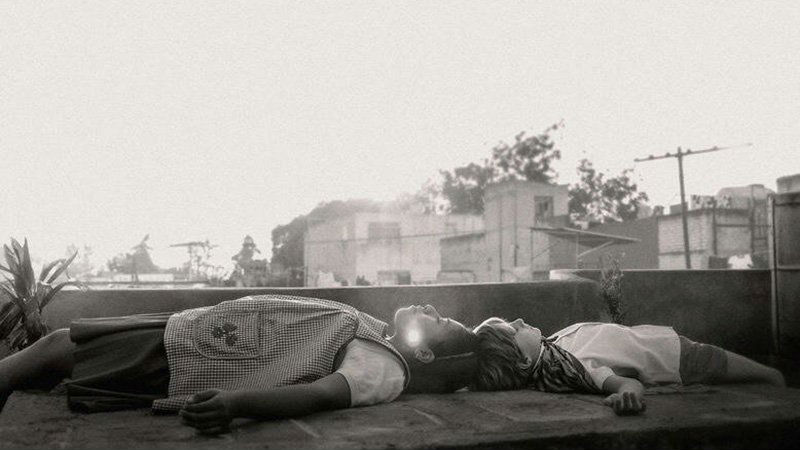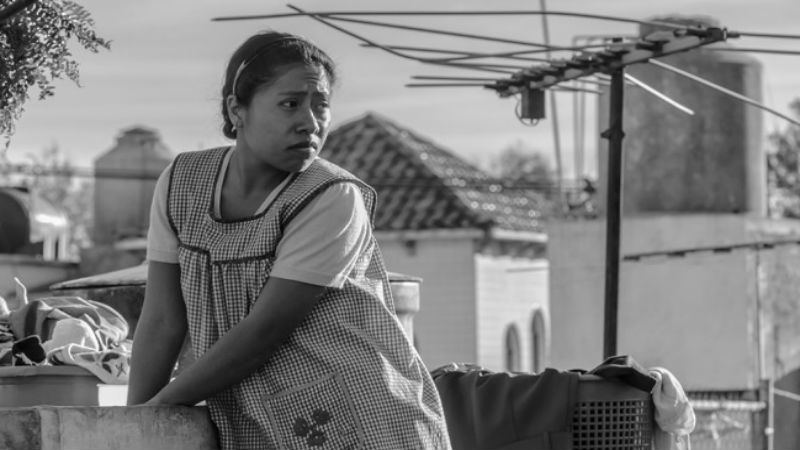QUICK SNAP: LIVE THE THE TALLINN BLACK NIGHTS FILM FESTIVAL
In this Austro-German production, 30-year-old Ali (Alina Serban) has to fend for herself in a hostile Hamburg with her two young children, after being evicted from her home in Romania by her father (presumably upon becoming an unmarried mother). She works as a cleaner in successive jobs, until one day she ends up in collecting gasses in the iconic nightclub Ritze.
The Ritze has a boxing ring in the basement. One day, Ali quietly practises with a punching bag while being observed by the club manager Tanne (played by German film veteran Tobias Moretti). Hamburg has an extensive underground boxing subculture. We learn that Ali used to train with her now estranged father as a child. She was taught to “fly like a butterfly and sting like a bee”. The nominative determinism speaks for itself: Ali shares her name with the greatest boxer of all time. Tanne invites her to get back into the ring, and she hesitantly agrees. Gradually, fighting becomes a powerful venting outlet for the hapless young woman. She becomes extremely successful, and begins to make a living out of boxing.
Meanwhile, Ali grapples with various issues at home. Her family has to share an apartment with a young German woman, and she does not have the means to rent a place for herself. Her daughter Esmeralda is doing poorly at school, and her mother constantly demands that she studies more. Ali’s parenting skills aren’t sterling, and she often comes across as aggressive and dysfunctional. The relationship between mother and daughter thus begins to collapse.
Alina Serban is extremely powerful in her debut performance. She is petite yet never fragile. Her latent rage is extremely palpable. The laconic character communicates very proficiently with her pearly eyes and powerful fists. She has to fight many physical as well as metaphorical battles: against her rival on the ring, against a racist society that constantly exploits and looks down on her (while offering limited opportunities for social ascension), against her family at home, and – perhaps more significantly – against her internalised anger and frustration. Ali has anger management issues, and she needs to ensure that no one gets hurt along her journey.
Upon learning that her father has passed away, she begins to communicate and make amends with him in her dreams and imagination, in a clear attempt to reconcile with her past and manage her temperament and frustrations.
The fourth feature film by Kurdish German filmmaker Huseyin Tabak is a complex psychological drama dotted with socio-political commentary. The narrative is very conventional: it’s very easy to work out what happens in the second half of the movie. It all wraps up with a momentous battle on the ring, in a fine example of physical acting. There’s just too much at stake: her humanity, her dignity, her career and even her motherhood. Can Ali afford to lose this fight?
Gipsy Queen just premiered in Competition at the 23rd Tallinn Black Nights Film Festival.










